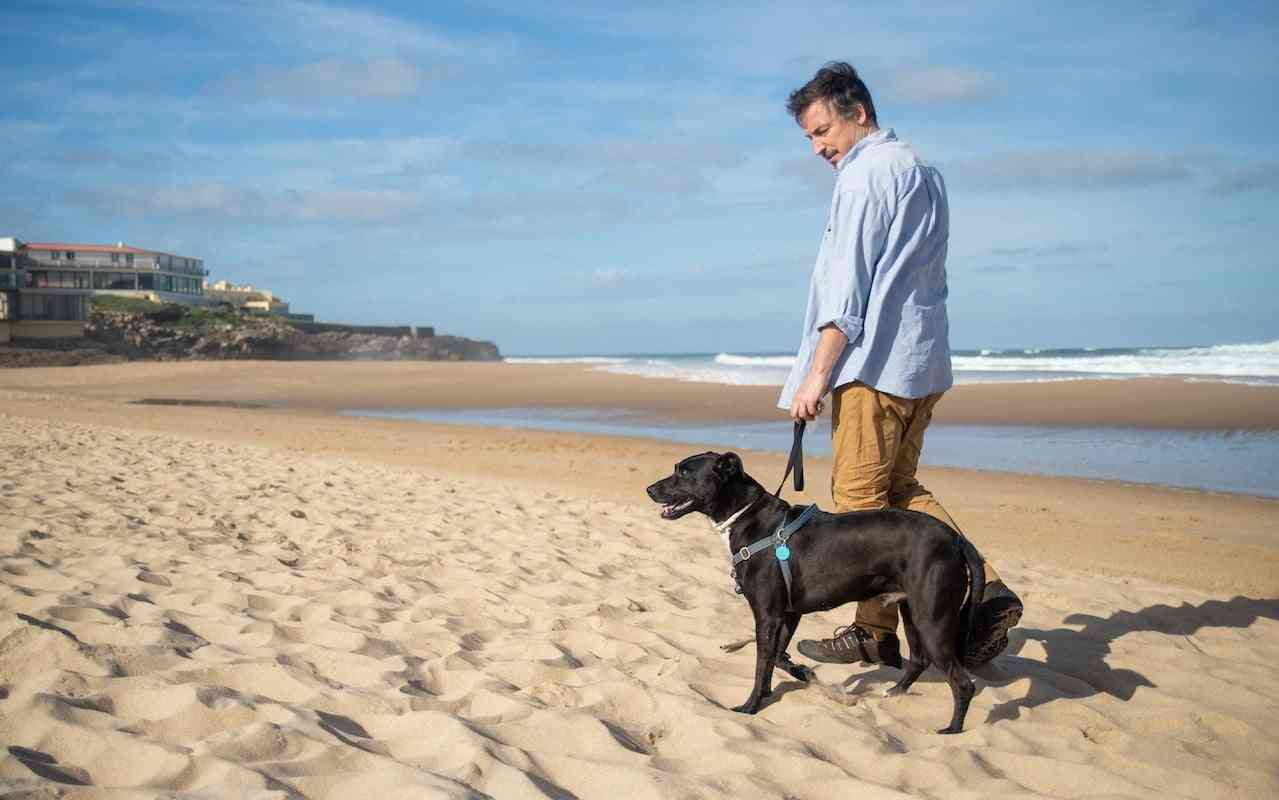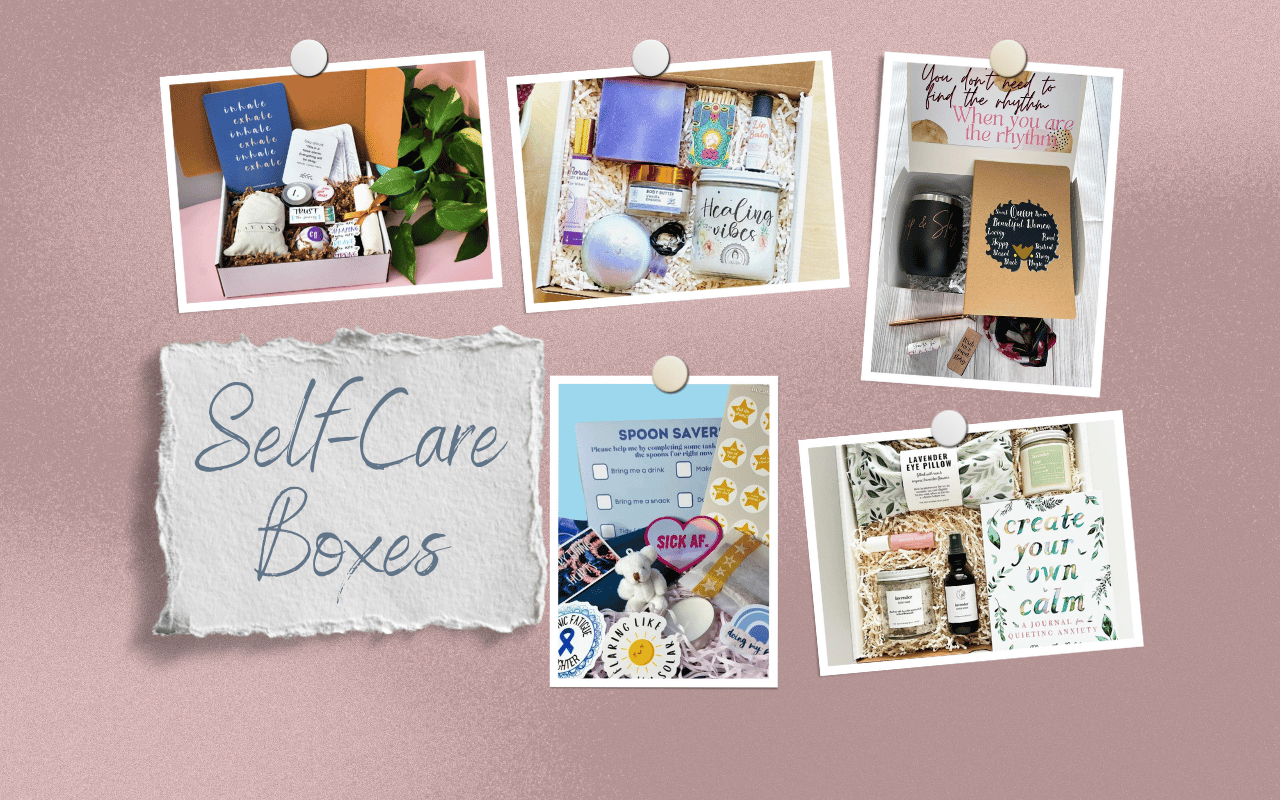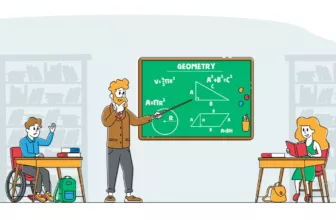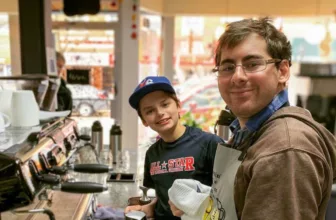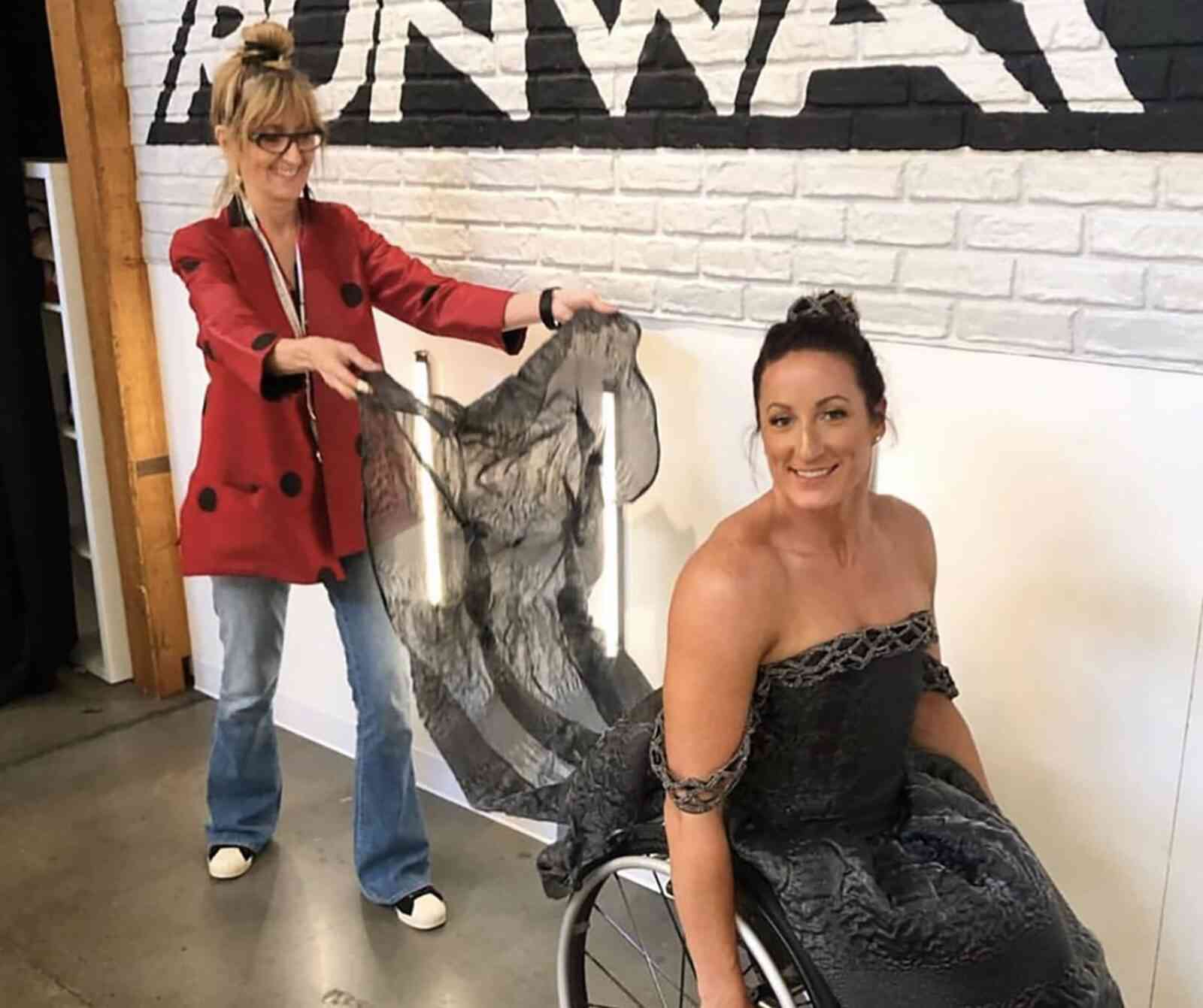
Getting dressed after waking up or putting on a beautiful outfit before going to a high-class establishment might seem second nature. Just take those flashy clothes out of the closet and put them on — done! However, for many wheelchair users and blind/sight-impaired individuals, this simple task can be grueling, intimidating, and downright discouraging. However, two able-bodied women in the fashion industry, Nancy Volpe Beringer, 68, of Flourtown, Pa., and Dee Dee Lasprogata of New York City, 49, found creative ways to help these individuals with disabilities look stunning and feel more independent.
In separate interviews, these two ladies explained how they accommodate people with disabilities and why they care.
Here are their profiles:
Nancy Volpe Beringer
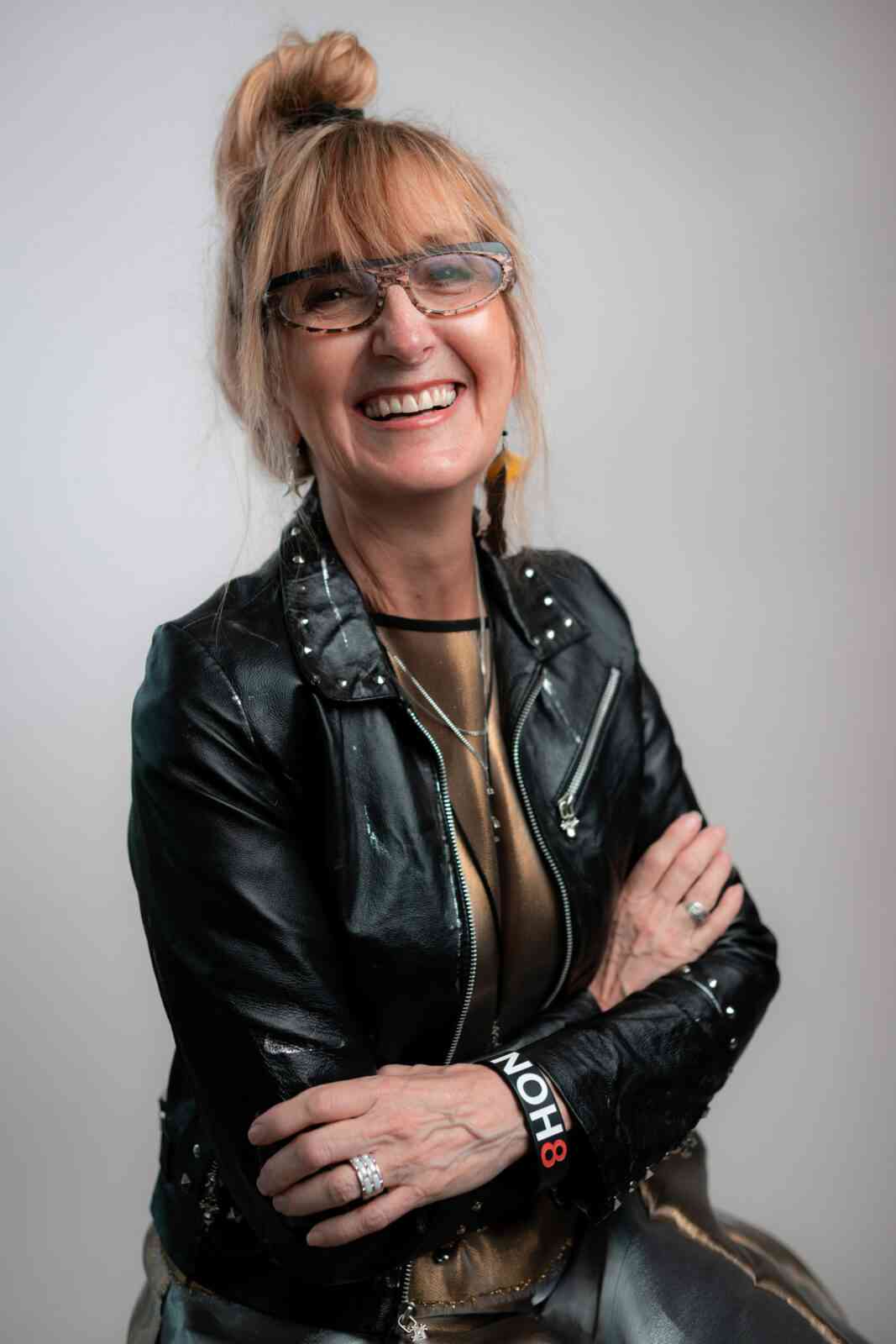
Nancy Volpe Beringer, a white woman with blonde hair and glasses. She is wearing a brown shirt and black leather jacket.
While Volpe Beringer was a contestant on the reality TV show, Bravo's Project Runway Season 18, she had to design a gown for Paralympic wheelchair racer Tatyana McFadden. She quickly learned that fitting certain wheelchair users into stunning clothing could be problematic, but this was a challenge that Volpe Beringer wanted to gnaw away at. She said that making the design for Tatyana compelled her to want to help other wheelchair users.
“It felt like the universe was telling me that was what I needed to be doing,” said Volpe Beringer.
In the final round, Volpe Beringer designed a “train gown” for McFadden. A “train” is when fabric from the gown trails behind the wearer. Volpe Beringer said that some of the other contestants suggested that she not make the train, fearing that the fabric could get caught in the wheelchair.
“I made it anyway because this was about fulfilling Tatyana’s fantasy,” said Volpe Beringer. Not only did the fabric NOT get caught in the wheelchair, but McFadden did a wheelie as she and the train came down the aisle.
Volpe Beringer was Season 18’s runner-up.
Last summer, she was a contestant on Project Runway’s redemption series.
“I designed something for a 6-foot model and then I designed a second version for a trans female wheelchair user,” said Volpe Beringer. “I had the 6-foot model walk out down the runway and then as he turned around at a pole, out came the wheelchair user in the adaptable same-looking outfit. His fantasy was to have pants with a flap in the front with magnetic closures that he could put on himself.”
Volpe Beringer’s point was that an outfit that can fit an able-bodied person could be adapted to fit a wheelchair user.
She did not win the redemption contest.
After the series, some of the judges told her that they thought that her ideas of designing adaptable clothing for wheelchair users was futuristic. Beringer disagreed. She told the judges that she designed clothes for wheelchair users the way that they wanted to wear them today.
Volpe Beringer explained one of her modifications: “If you wear a skirt while in a wheelchair, the waistband can be cutting into your stomach. I can make the waistband wider. That’s one way I can adapt a skirt for a wheelchair user.”
To learn more about Volpe Beringer, visit her website.
Volpe Beringer has a lot of methods for making clothing adaptable for wheelchair users, but what if you cannot see how the clothing looks?
This is an ongoing problem that Dee Dee Lasprogata has been successfully chopping away at since the ‘90s.
Dee Dee Lasprogata
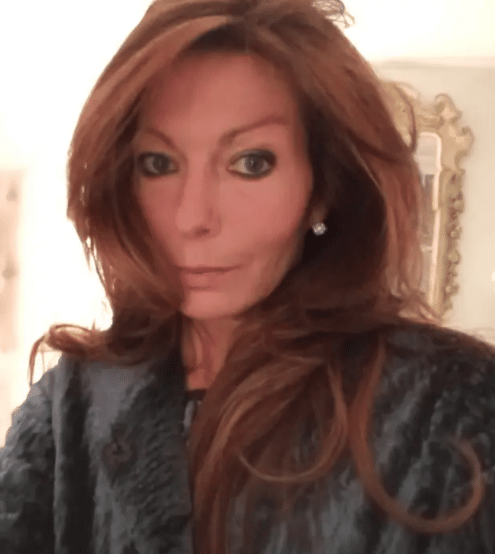
In 1990, Lasprogata’s 17-year-old friend, Jody Sack, was in a serious car accident. The car overturned and Sack lost all her vision in one eye and 80 percent in the other.
Many of Sack’s friends abandoned her, but Lasprogata stayed loyal.
“We were like sisters,” said Lasprogata.
Lasprogata remembered that Sacks lost her independence to dress fashionably. ”It was always important to her to look her best and now it was hard for her,” Lasprogata said.
Lasprogata’s desire to help blind and visually impaired women look their best intensified after Jody Sack died in 1998, eight years after her car accident. Sack attended a rooftop party; she took a misstep and fell and died shortly afterward.
In 1999, Lasprogata patented a washable braille label, named D. LASPROGATA, which identified colors on t-shirts.
Lasprogata has dealt with high-profile people. In the early 2000s, PEOPLE Magazine wrote about Lasprogata’s labels and one of Stevie Wonder’s associates read the article and told him about it. According to Lasprogata, Stevie Wonder contacted her because he wanted to pick and choose clothing without help from anyone, and her labels met that need.
More recently, she had a brief meeting with Jared Kushner, the son-in-law of former U.S. President Donald J. Trump. This resulted from her holding a fashion trunk show at the Kushner Group. She described her short meeting with Jared Kushner as very professional.
“He seemed very nice,” said Lasprogata.
Lasprogata spends half the year in Italy, outside of Milan on Lake Como, which she described as the “silk” capital of Italy, where she has both designed a collection and sourced apparel. She spends the other half of the year in New York City.
She sells her line of clothing to fully able-bodied women at the retail price, but for blind and sight-impaired women, she sells at wholesale. In addition, she gives free dress consultations. She knows that for some blind and visually impaired women, buying fashionable clothing, or any clothing for that matter, can be intimidating. Therefore, she will work with no more than three people at a time.
You can reach Lasprogata by email.
Looking for more disability fashion resources? Check out our guides to stylish medical equipment, wheelchair accessories, and fidget jewelry.
I am a legally blind freelance reporter and documentary producer/director. I have made eight documentaries, many of which focused on people with disabilities facing adversity. Some of my films won film festival awards and were televised. I earned my Masters' in Journalism at Temple University in Philadelphia in 2017.

